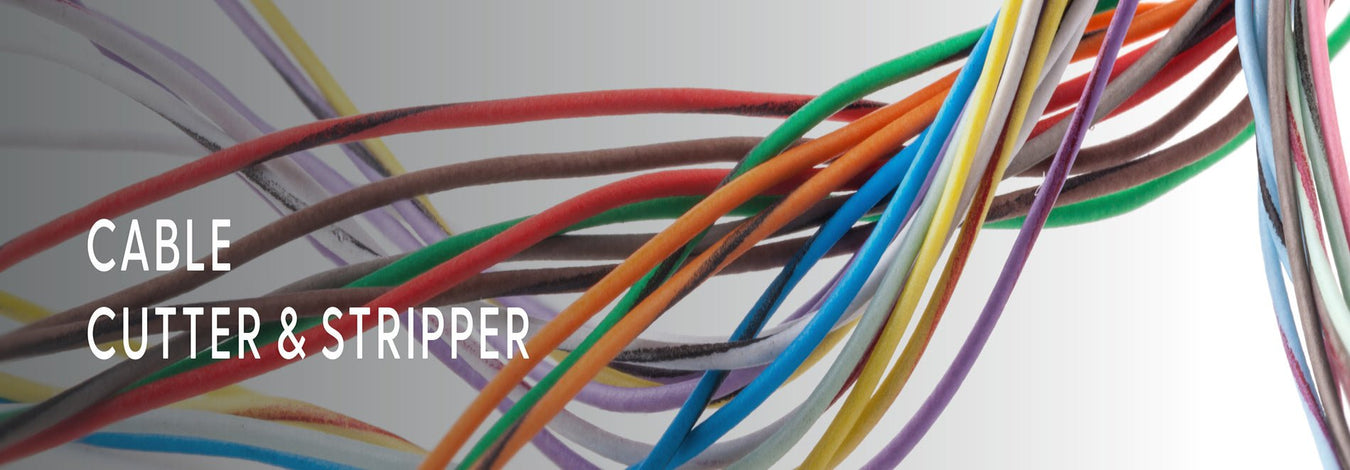
What Fittings Are Best for PEX Pipes?
As cross-linked polyethylene (PEX) pipes gain more popularity in the plumbing industry, it’s also important to choose the right fittings: fittings are some of the essential components in a plumbing system. PEX pipes are of different types (PEX A, B, & C), and each is best used with certain fittings to ensure a leak-free and reliable water distribution system. It is also worth noting that PEX fittings are made of plastic (poly), brass, or stainless steel, and each is compatible with certain types of PEX pipes.
This article explores the best fittings for PEX pipes based on specific applications, connection types, materials, etc.
5 Types of PEX Fittings
1. PEX crimp & pinch fittings
PEX crimp and pinch fittings are among the most common and popular types of fitting used with PEX tubing, especially PEX-to-PEX connections. These fittings are often made of brass (ASTM 1807) or poly (F2159) materials. They are also used with crimp rings or pinch/cinch clamps.
To complete connection with PEX pinch or crimp fittings, you need a clamp or crimping tools like the iCrimp IWS-1234P PEX Crimping Tool and the iCrimp ICP-PC02 PEX Clamp Tool to compress crimp rings or clamps around a PEX pipe and the fitting. These fittings are cost-friendly and make water-tight and reliable PEX connections.
2. PEX push fittings
Push fittings are also called “Sharkbite” and are made of brass or poly material. There are two varieties of push fittings, i.e., push-fit and push-to-connect fittings. Unlike crimp and pinch fittings, PEX push fittings don’t require any special installation tool. To install this type of fittings, you only need to press it onto the end of a PEX pipe and have a complete connection. The best part is that they’re compatible with the three types of PEX tubing.
3. PEX press fittings
PEX press fittings are made of brass or poly material. While they might share similarities with crimp fittings, they don’t use crimp rings but press-fitting steel sleeves. A press fitting entails a single piece that includes both fittings and fasteners in one. You also need a unique tool called a PEX press tool to complete connections to compress the PEX tubing until it latches to the fitted sleeve. An ideal example of such a tool is the iCrimp SL 1/2 Angled Head Crimping Tool.
Read more: What is the Difference between PEX Press and PEX Crimp?
4. PEX expansion fittings
PEX expansion fittings are made of brass (F2080) or poly (F1960) material and are designed explicitly for PEX A pipes because of its elastic memory form (it expands three times its diameter and shrinks back to its normal size). To create secure PEX connections using these fittings, you need an expansion tool like the iCrimp IWS-1960D/34 PEX Expansion Tool. It helps you enlarge the PEX pipe and insert the fitting before the pipe contracts to form a solid and tight seal.
The only downside of expansion fittings is that they’re more expensive than crimp or clamp fittings.
5. PEX compression fittings
PEX compression fittings are often made of brass material and don’t require any unique tool to install. They are made up of a compression screw, band, and insert. PEX compression fittings are often used when connecting PEX pipes to other forms of tubing, such as copper and CPVC.
The best part is that they’re easy to install and dismantle. However, they can be slightly more expensive and bulkier than most fittings.
Final Thought
Choosing the best fitting for your PEX pipe connections should be based on material, connection method, budget, fitting type, and compatibility with PEX tubing. More importantly, some types of fittings, such as press, compression, and crimp fittings, require unique tools to complete connections. iCrimp is your go-to platform for different PEX tools and fittings.
References





